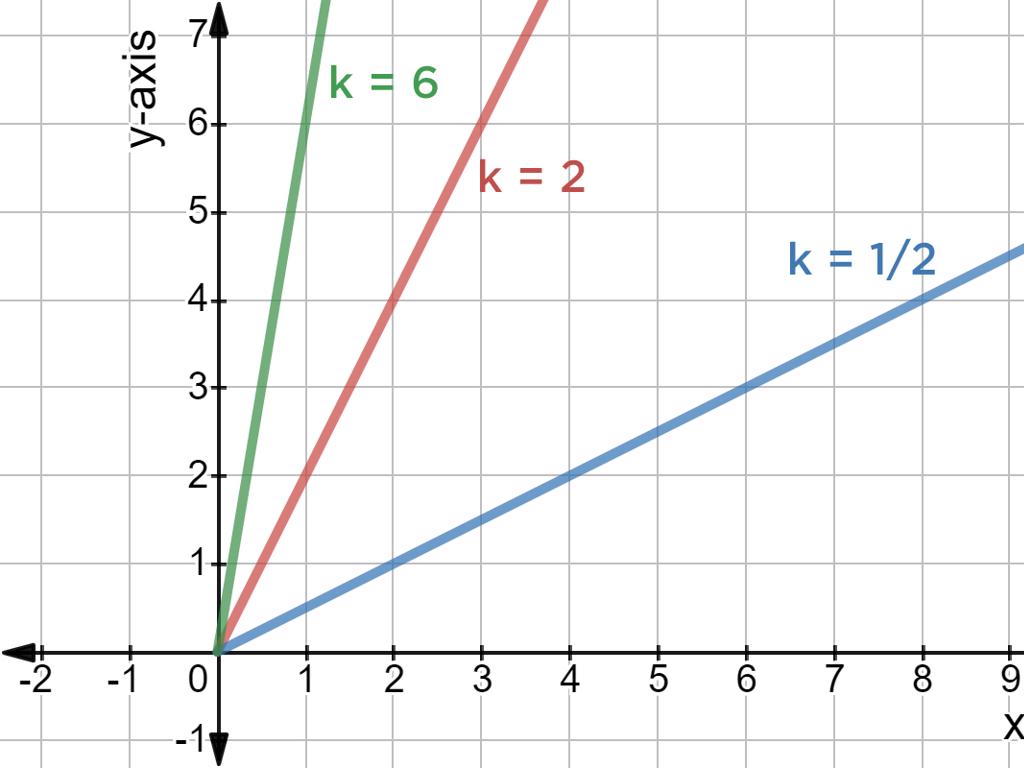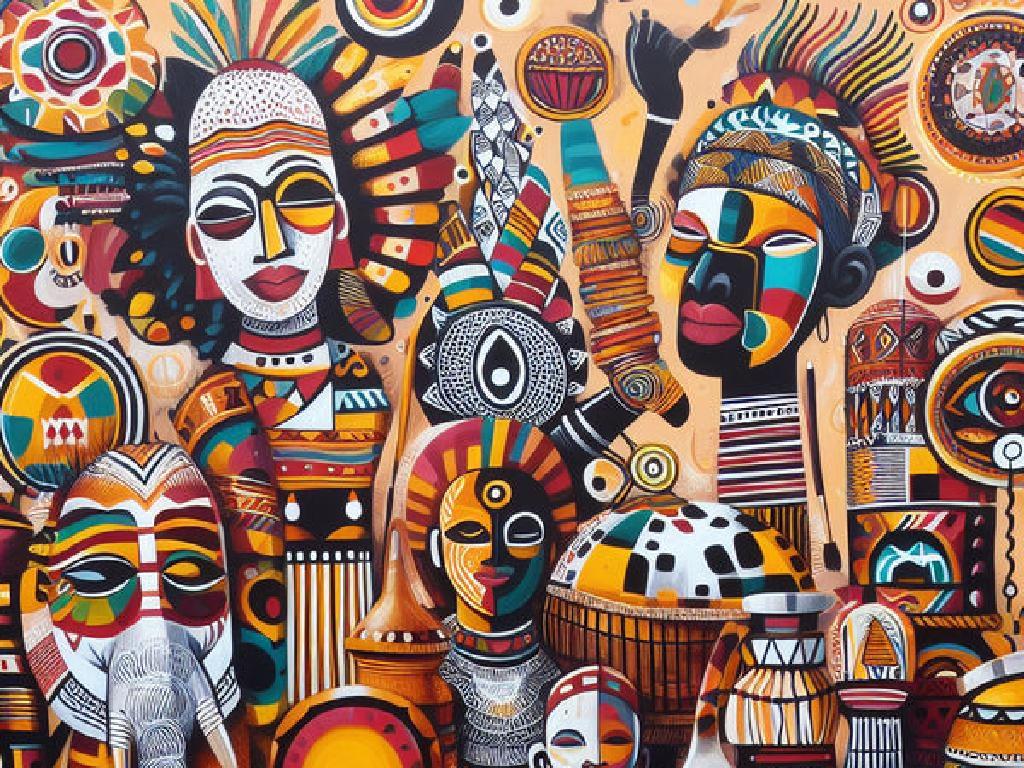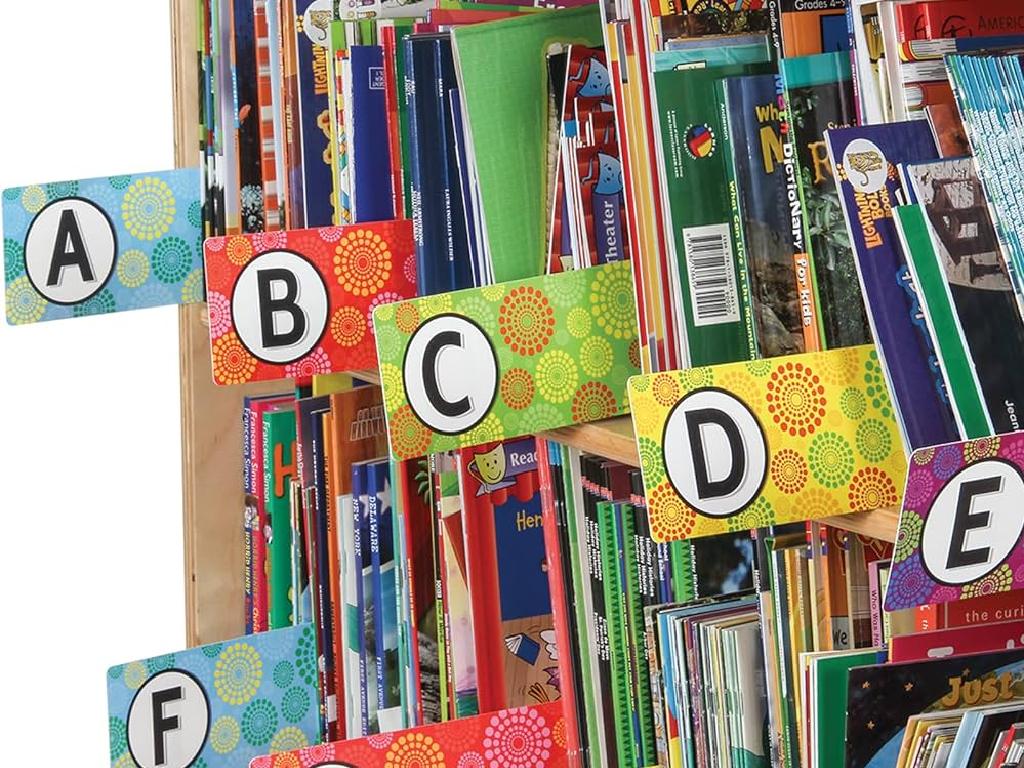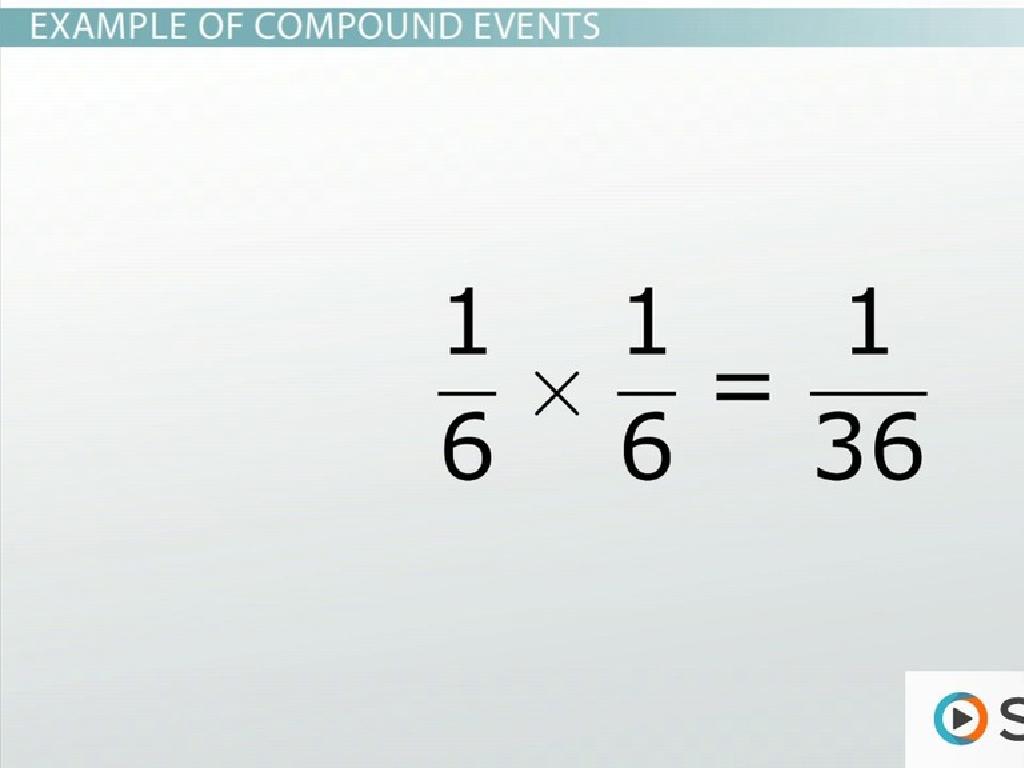Europe 1300 - 1800
Subject: Arts and humanities
Grade: High school
Topic: Art History
Please LOG IN to download the presentation. Access is available to registered users only.
View More Content
Introduction to European Art (1300 – 1800)
– Explore richness of European Art
– From Gothic to Rococo: diversity in style, technique, and subject matter.
– Historical context of 1300-1800
– A period marked by the Renaissance, Reformation, and the Enlightenment.
– Key art movements overview
– Renaissance, Baroque, and Neoclassicism each reflect societal changes.
– Cultural shifts in Europe
– Shifts from feudalism to Renaissance humanism and Enlightenment ideals.
|
This slide introduces students to the vast and diverse world of European art from 1300 to 1800, a period that saw profound changes in society, culture, and thought. It’s important to highlight the connection between historical events and artistic expression. Discuss how the Renaissance brought a focus on humanism and realism in art, the Baroque period reflected the grandeur and drama of the time, and the Enlightenment’s emphasis on reason influenced Neoclassical art. Encourage students to think about how art reflects the values and ideas of its time and to consider the impact of historical context on artistic innovation.
The Renaissance: A New Dawn in Art
– Emergence of the Renaissance
– A cultural rebirth from the 14th to the 17th century, originating in Italy and spreading throughout Europe.
– Icons of Renaissance Art
– Leonardo da Vinci: ‘Mona Lisa’, Michelangelo: ‘David’, Raphael: ‘School of Athens’.
– Defining Renaissance Artistry
– Use of perspective, chiaroscuro, and humanism in art.
– Evolution of Artistic Techniques
– Transition from flat, symbolic art to more naturalistic and three-dimensional representations.
|
The Renaissance period marks a significant transformation in art history, characterized by a revival of classical learning and wisdom after the Middle Ages. It’s important to highlight the shift from medieval to modern thinking, which was reflected in the art. Discuss the impact of key figures like Leonardo da Vinci, Michelangelo, and Raphael, and how their work embodies the essence of the Renaissance. Explore the characteristics of Renaissance art, such as the introduction of linear perspective, the use of light and shadow (chiaroscuro), and the focus on humanism. Finally, examine how these elements contributed to the evolution of art, setting the stage for future movements and the modern perception of artistry.
The Baroque Period in Art History
– Baroque vs. Renaissance art
– Baroque art is known for its drama, contrast, and intensity, diverging from the calm rationality of Renaissance art.
– Influential Baroque artists
– Caravaggio, Rembrandt, and Rubens were pivotal in defining the Baroque style with their distinct approaches to painting.
– Characteristics of Baroque art
– Baroque art emphasizes strong emotions, dynamic movement, and meticulous detail to captivate viewers.
– Analyzing Baroque artwork
– Look at the use of light, shadow, and composition to understand the artist’s intent and the era’s aesthetic.
|
This slide introduces the Baroque period as a significant era in art history, contrasting it with the preceding Renaissance period. Highlight the dramatic, emotional, and detailed characteristics of Baroque art, which sought to evoke intense responses from viewers. Discuss key figures like Caravaggio, known for his use of chiaroscuro; Rembrandt, for his emotional depth; and Rubens, for his vibrant compositions. Encourage students to analyze Baroque paintings by focusing on the use of light, shadow, and composition, which are hallmarks of the period. Provide examples of Baroque art for students to examine and discuss in class.
The Enlightenment and Neoclassicism
– Enlightenment impact on art
– Shift towards reason, science, and individualism reflected in art
– Neoclassicism and classicism
– Emphasized simplicity, symmetry, and Greek/Roman influence
– Jacques-Louis David’s influence
– ‘Oath of the Horatii’ symbolizes Enlightenment ideals
– Jean-Auguste-Dominique Ingres’s role
– Known for ‘Grande Odalisque’, blending classical form with exotic themes
|
The Enlightenment was a period where emphasis on reason, science, and individualism began to influence all aspects of society, including the arts. Neoclassicism emerged as a major art movement that sought to return to the simplicity, harmony, and grandeur of ancient Greek and Roman art. Notable artists like Jacques-Louis David, with works such as ‘Oath of the Horatii’, became icons of this movement, embodying the Enlightenment ideals through their art. Jean-Auguste-Dominique Ingres continued this tradition, known for his painting ‘Grande Odalisque’, which combined classical form with exotic themes. This slide will explore how these artists and their works reflect the intellectual currents of their time and contributed to the evolution of European art.
Artistic Innovations: 1300-1800
– Perspective in art
– A technique for creating three-dimensional depth on a flat surface.
– Chiaroscuro & Tenebrism
– Chiaroscuro uses strong contrasts; Tenebrism extreme light & dark.
– Light and shadow for depth
– Artists used these contrasts to give the illusion of volume.
– Patronage in art production
– Wealthy patrons commissioned works, influencing art styles & subjects.
|
This slide delves into the transformative artistic techniques developed between 1300 and 1800, which marked the Renaissance and Baroque periods. Perspective was a revolutionary method that allowed artists to depict realistic three-dimensional spaces. Chiaroscuro and Tenebrism, both dealing with the dramatic interplay of light and shadow, added emotional depth and intensity to artworks. Understanding the role of patronage is crucial, as the financial and social support provided by patrons like the Medici family in Florence had a significant impact on the art that was produced, often reflecting the patrons’ tastes and political ambitions. Encourage students to explore how these innovations not only changed art but also reflected broader cultural shifts during this period.
Impact of Religion and Politics on European Art
– Art’s role in religious expression
– Frescoes and altarpieces conveyed biblical stories and church doctrines.
– Political power depicted in art
– Portraits and monuments often symbolized the ruler’s power and divine right.
– Church and state influence on art
– Commissioned works by the church and state served specific agendas.
– Analyzing historical art examples
– Examine the Sistine Chapel, Versailles Palace, and works by Rembrandt.
|
This slide explores how religion and politics shaped European art from 1300 to 1800. Art served as a medium for religious expression, with the church commissioning works to communicate its message and teachings. Similarly, art was used by rulers to make political statements, asserting their power and promoting their ideologies. Students should understand the dual role of art in serving both the divine and the state’s propaganda. By analyzing examples like the Sistine Chapel, Versailles Palace, and Rembrandt’s paintings, students can see firsthand the impact of these institutions on art. Encourage students to consider the motivations behind the artworks and the messages they were intended to convey.
Class Activity: Analyzing a Masterpiece
– Select a Renaissance painting
– Observe details and interpret
– Look at colors, emotions, and symbols
– Discuss historical context
– What events or philosophies might it represent?
– Group presentation preparation
|
This activity is designed to engage students with the art of the Renaissance period, encouraging them to look beyond the surface and consider the deeper meanings and historical context of the artwork. Students should choose a painting and spend time observing the details, discussing their interpretations, and considering what historical events or ideas the art might reflect. They will then work in groups to create a short presentation on their findings, which they will share with the class. This will help develop their analytical skills and understanding of the relationship between art and history. Possible paintings for analysis could include works by Leonardo da Vinci, Michelangelo, or Raphael. Encourage students to consider the influence of the Renaissance humanist philosophy, the impact of the Reformation, or the representation of scientific discoveries in the artwork they choose.
Reflecting on European Art (1300-1800)
– Recap major art movements
– Gothic, Renaissance, Baroque, Rococo: each movement had distinct styles and themes.
– Art reflects societal shifts
– Art often depicts the values, conflicts, and culture of its time.
– Visit museums or online galleries
– Many museums offer virtual tours; explore the Louvre or Uffizi from home.
– Encourage personal exploration
|
This slide aims to consolidate the students’ understanding of the major European art movements from 1300 to 1800 and their historical significance. Highlight how each movement, from Gothic to Rococo, not only introduced new artistic techniques and styles but also reflected the societal changes of the era. Encourage students to continue their learning outside the classroom by visiting museums in person or through online galleries. This can enhance their appreciation of art and its context. Suggest starting with well-known institutions like the Louvre or the Uffizi, which offer extensive collections from these periods. Encourage students to find a piece of art that resonates with them and to reflect on its historical and cultural significance.





